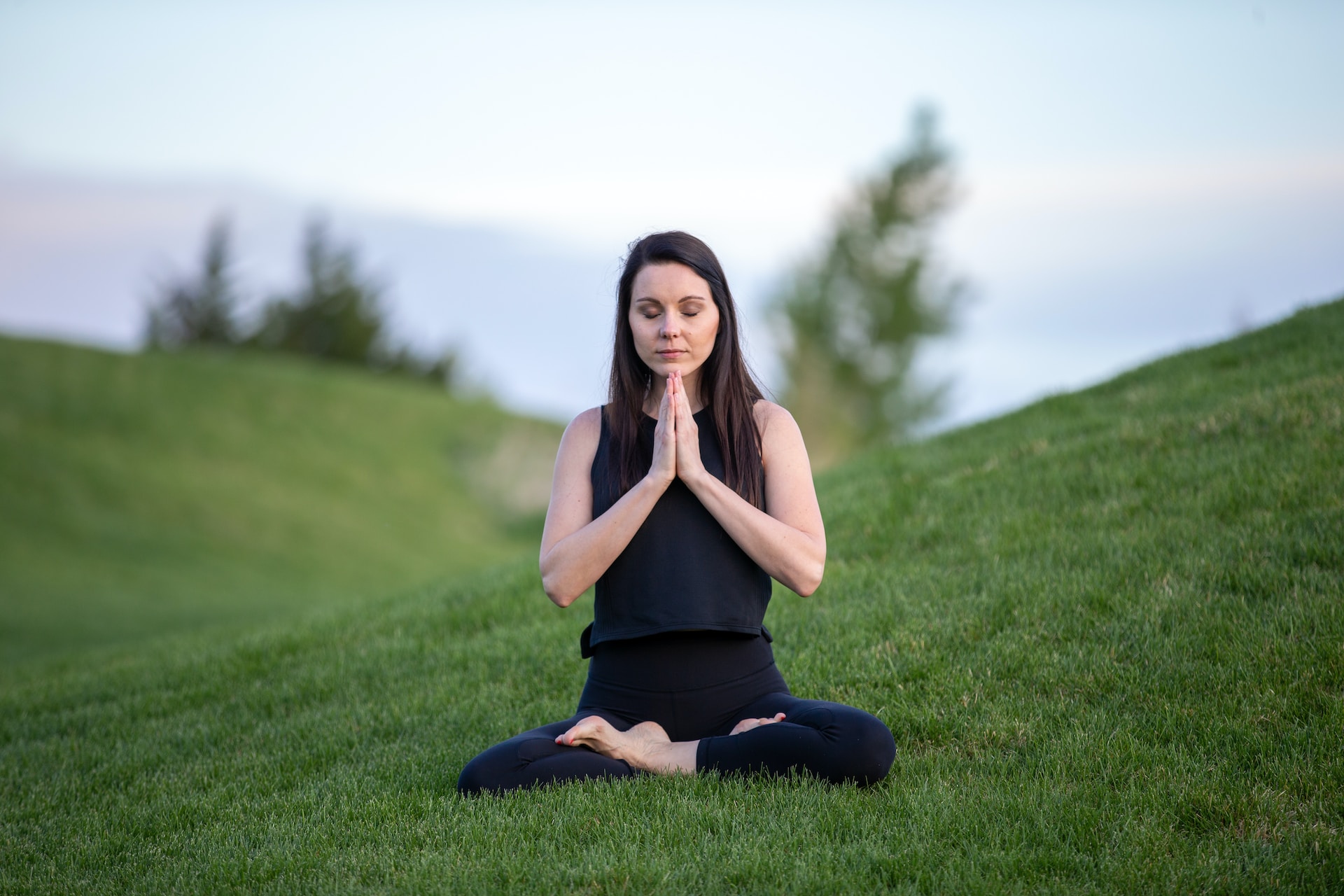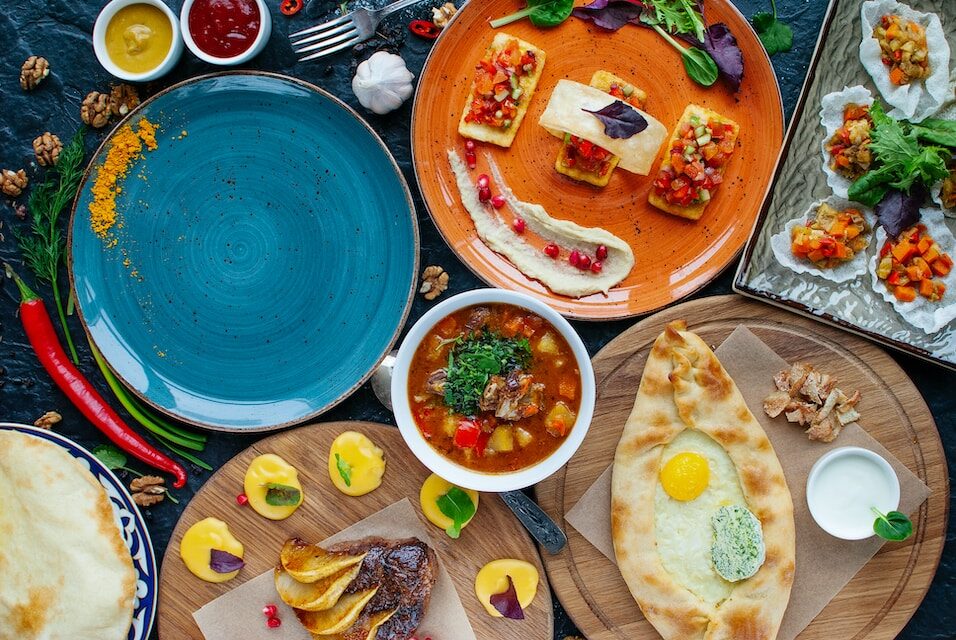Indian classical dance is a captivating art form that has a rich cultural heritage and a history spanning thousands of years. It is an amalgamation of rhythm, expression, storytelling, and grace, captivating audiences with its intricate movements and vibrant costumes. In this article, we will explore the world of Indian classical dance, its various forms, key elements, training methods, and its significance in contemporary society.
Table of Contents
- Introduction
- Historical Background of Indian Classical Dance
- Various Forms of Indian Classical Dance
- Key Elements of Indian Classical Dance
- Training and Education in Indian Classical Dance
- Costumes, Makeup, and Jewelry in Indian Classical Dance
- Music and Instruments in Indian Classical Dance
- Evolution and Contemporary Adaptations of Indian Classical Dance
- Global Impact and Recognition of Indian Classical Dance
- Prominent Indian Classical Dancers
- Challenges and Future Prospects
Introduction
Indian classical dance is deeply ingrained in the cultural fabric of India and has its roots in ancient times. It emerged from religious rituals and temple dances, as evidenced by references found in ancient texts and scriptures. Initially performed by devadasis, temple dancers who dedicated their lives to serving deities through dance and music, Indian classical dance gradually evolved into sophisticated and highly stylized art forms.
Historical Background of Indian Classical Dance
The history of Indian classical dance is extensive and diverse, with each form having its own distinctive narrative. The origins of Indian classical dance can be traced back to the Natya Shastra, an all-encompassing treatise on performing arts authored by the sage Bharata Muni around the 2nd century BCE. This influential text established the principles and techniques of dance, music, and theatre.
Various Forms of Indian Classical Dance
Indian classical dance encompasses a myriad of distinct forms, originating from different regions across the country. Here are some notable forms:
Bharatanatyam
Originating from Tamil Nadu, Bharatanatyam is one of India’s oldest and most popular classical dance forms. It features intricate footwork, elaborate hand gestures, and expressive facial expressions.
Kathak
Originating from Northern India, Kathak is a dance form that blends storytelling, rhythmic footwork, and graceful movements. It incorporates influences from both Hindu and Muslim traditions and is known for its rapid spins and intricate footwork.
Odissi
Hailing from the state of Odisha, Odissi is a graceful dance form rooted in the ancient temples of the region. It emphasizes fluid movements, tribhangi (three-body bends), and intricate hand gestures.
Kathakali
Native to Kerala, Kathakali is a highly stylized dance-drama form renowned for its elaborate makeup, costumes, and facial expressions. It combines elements of dance, music, and theater to depict mythological stories.
Manipuri
Originating from Manipur in Northeast India, Manipuri is a gentle and lyrical dance form characterized by its graceful movements and delicate footwork. It often draws inspiration from themes of devotion and love.
Kuchipudi
Emerging from Andhra Pradesh, Kuchipudi is a vibrant dance form celebrated for its intricate footwork, swift movements, and dramatic storytelling. It seamlessly combines rhythmic and narrative elements.
Mohiniyattam
Native to Kerala, Mohiniyattam is a dance form that exalts feminine grace and beauty. It showcases gentle swaying movements, intricate hand gestures, and subtle expressions.
Sattriya
Originating from Assam, Sattriya is a dance form that originated in the monasteries of the region. It incorporates elements of dance, drama, and music to portray mythological stories and themes.
Key Elements of Indian Classical Dance
Indian classical dance is distinguished by several key elements that lend it a unique identity and depth. These elements include:
Mudras (Hand Gestures)
Mudras play a vital role in Indian classical dance, consisting of intricate hand gestures that convey specific meanings and emotions. Each dance form has its own set of mudras, employed by dancers to narrate stories and express emotions.
Abhinaya (Expression)
Abhinaya refers to the expressive aspect of Indian classical dance. It encompasses the portrayal of emotions, characters, and stories through facial expressions, eye movements, and body language. Abhinaya is a pivotal element in conveying the essence of the dance to the audience.
Nritta (Pure Dance)
Nritta denotes the pure dance element in Indian classical dance. It focuses on rhythm, footwork, and body movements without any specific storytelling or expression. Nritta showcases the technical prowess and agility of the dancer.
Nritya (Narrative Dance)
Nritya combines elements of expression and pure dance. It involves storytelling and the depiction of characters, often drawing from mythology and folklore. Nritya enables dancers to bring narratives to life through a fusion of graceful movements and emotive expressions.
Training and Education in Indian Classical Dance
The training and education in Indian classical dance follow a traditional system known as the Guru-Shishya Parampara, emphasizing a close relationship between teacher and student. This system ensures the preservation and transmission of knowledge from one generation to the next. Alongside the Guru-Shishya Parampara, several learning institutions, academies, and universities are dedicated to the education and promotion of Indian classical dance.
Costumes, Makeup, and Jewelry in Indian Classical Dance
Costumes, makeup, and jewelry hold great significance in Indian classical dance, forming an integral part of the performance. They enhance visual appeal and effectively portray characters and themes. Costumes are typically colorful and intricately designed, reflecting cultural and regional aesthetics. Makeup, especially in dance forms like Kathakali, involves elaborate facial painting to depict various characters. Jewelry such as anklets, necklaces, and earrings add elegance and accentuate the dancer’s movements.
Music and Instruments in Indian Classical Dance
Music and instruments play a vital role in Indian classical dance, providing the rhythmic and melodic framework for performances. The accompanying music often draws from classical Carnatic or Hindustani traditions, depending on the regional style. Instruments such as the mridangam, tabla, veena, sitar, flute, and violin are commonly employed to create the musical backdrop for the dance.
Importance and Significance of Indian Classical Dance
Indian classical dance holds immense importance and significance within Indian culture and society. Here are some key aspects:
Preservation of Culture
Indian classical dance plays a crucial role in preserving and promoting India’s rich cultural heritage. It breathes life into ancient stories, traditions, and art forms deeply rooted in the country’s history.
Spiritual and Devotional Dimension
Many Indian classical dance forms have strong ties to spirituality and devotion. They are often performed in temples and during religious festivals, serving as a medium for expressing devotion and forging a connection with the divine.
Physical and Mental Benefits
Indian classical dance is not merely an art form but also a holistic practice offering physical and mental benefits. It demands discipline, stamina, and flexibility, promoting physical fitness. It also helps develop focus, concentration, and emotional expression.
Evolution and Contemporary Adaptations of Indian Classical Dance
Indian classical dance forms have evolved over time, adapting to changing social and cultural contexts. While retaining their traditional essence, they have embraced contemporary themes and experimented with new choreographic styles. Contemporary adaptations of Indian classical dance often fuse elements from different dance forms and incorporate modern music and storytelling techniques.
Global Impact and Recognition of Indian Classical Dance
Indian classical dance has garnered international recognition and popularity, captivating audiences worldwide. It transcends geographical boundaries and serves as a medium for cultural exchange. Many non-Indian dancers and enthusiasts have embraced Indian classical dance, contributing to its global growth and promotion.
Prominent Indian Classical Dancers
Indian classical dance boasts a rich lineage of legendary dancers who have left an indelible mark on the art form. Some noteworthy Indian classical dancers include Pandit Birju Maharaj, Padma Subrahmanyam, Yamini Krishnamurthy, Mallika Sarabhai, Alarmel Valli, and Rukmini Devi Arundale. These dancers have not only excelled in their respective dance forms but have also made significant contributions to the development and promotion of Indian classical dance.
Challenges and Future Prospects
While Indian classical dance continues to flourish, it faces certain challenges in the modern era. These challenges include the need for increased patronage, preserving authenticity amidst evolving forms, and ensuring accessibility for all. Nonetheless, with dedicated efforts from artists, institutions, and enthusiasts, the future prospects of Indian classical dance remain promising.













0 Comments